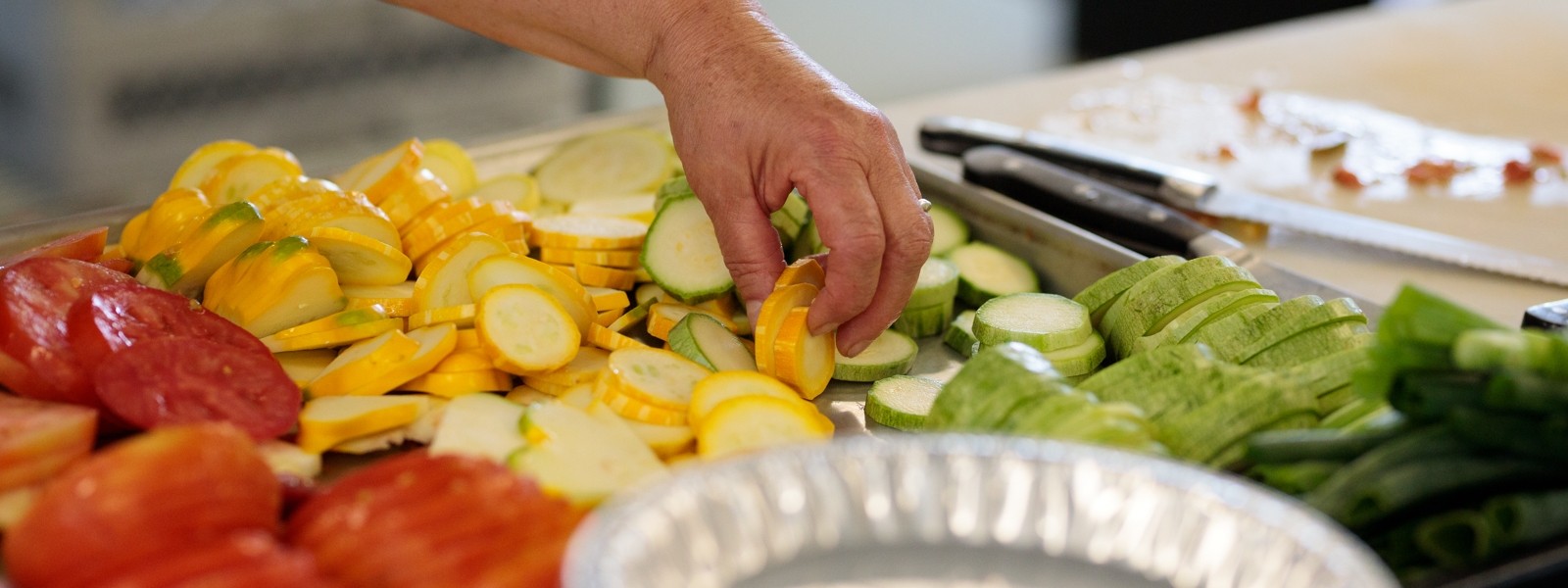Cooking Fresh Dried Beans!
Dried beans are not only beautiful to look at, they are delicious, nutritious, and each has its own flavor and texture. We encourage you to try all of the varieties we grow. We call our beans “fresh” dry beans because they are generally much fresher than the beans you normally buy at the grocery store. Due to their freshness, the first time you try these beans, you’ll be amazed at the taste. Dried beans become tougher and less flavorful as they age: most dried beans in the grocery store are so old they’ve lost all deliciousness.
Processes to aid in digestion
Everyone loves beans but not all bellies can handle the intense dose of fiber. Here are a few important processes than can make beans easier to digest. We recommend that you always soak your beans before cooking them. It will help digestion and cut down on cooking times.
- To increase the digestibility of beans, presoak them for twelve hours, overnight is good. To soak, put the beans in a large bowl with three times the water. Try changing the water and rinsing the beans a couple of times during soaking, like every few hours or when the water gets bubbly. Soaking beans softens them. This softening helps to rid the beans of the insoluble sugars (trisaccharides), activates enzymes which transform the complex sugars into more digestible starches, and eliminates the beans phytic acid which makes their nutrients more available to us.
- For an extra aid to digestion, before soaking, put the beans in a cooking pot, cover in 2 inches of water and boil furiously, unlidded, for 10 minutes. Skim off the foam, rinse and soak as normal.
- Adding a 2 inch strip of kombu seaweed to the cooking water will further aid in digestion as well as enhance the flavor of the beans.
Cooking after soaking
After soaking, make sure to rinse your beans well. There are many ways to cook beans. Experiment with any of the methods or try all of them.
To Bake: Cover with water. Bake at 350°F for 1½ hours. The beans should be fork-tender or easy to crush with a fork when done.
Slow Cooker: Place in slow cooker with water that covers the beans and cook for 6 to 8 hours.
Stovetop: Cover with water and simmer on medium heat until soft, about an hour. Some beans take longer. Add water as needed to increase cooking time.
Pressure cooker: A pressure cooker is a wonderful way to quickly cook beans, if you have one. We still recommend pre-soaking because it will aid in digestion as well as more often leave the beans intact rather than having them split open. After presoaking, a pressure cooker will finish dry beans in around 6 to 40 minutes depending on the bean, with some time on either side for your pressure cooker to both reach temperature and then release. Follow your manufacturers instructions for more specific times.
For those times you forget to soak the beans overnight (not to worry, we do it all the time!), simply cook the beans in enough water to have about an inch or so of water covering the beans. Bring to boil for 10 minutes. Skim off the foam. Turn off heat and allow to sit for one to two hours. Add enough water to cover 1–2 inches above the beans again. Cook until fork tender, about 1½ hours.
Nutritional Facts
Beans are an excellent source of protein (17–25%), and are low in fat and cholesterol. They are high in cholesterol-lowering fiber, making them a delicious and heart-healthy addition to any meal. This high-fiber food also helps to regulate blood sugar levels. They are a good source of calcium, B vitamins, and many minerals like potassium and magnesium. It is said that the color of the bean indicates which organ it is beneficial to, but categorically all beans are good for the kidneys and adrenal glands.
Green/black: the liver
Red: the heart
Yellow: the spleen/pancreas
White: the lungs and colon
Storage
Dry beans are best kept in a sealed glass container in a cool, dry place and out of the light. Though they do store well, their flavor will degrade over time so it is best to buy fresh every so often as they become available from your local farm. Once soaked or cooked, beans can keep for a week in the fridge.
Measuring
A good rule of thumb for measuring dry beans:
1 pound dry ≈ 2 cups, which becomes about 6 cups cooked
For recipes that ask for a can of beans (15 oz) use 1/2 cup dry, which equals just over 1-1/2 cups cooked.
Recipes
Fresh dried beans have a rich taste that makes this easy summer salad delicious: Summer Salad with Black Coco Beans and Parsley. Give it a try: when you take this dish to parties, people will ask what you did to make it so delicious!
Serve this hearty Heirloom Bean Gratin on a cold snowy evening, noticing the complex flavors of the beans that were grown the previous summer.

